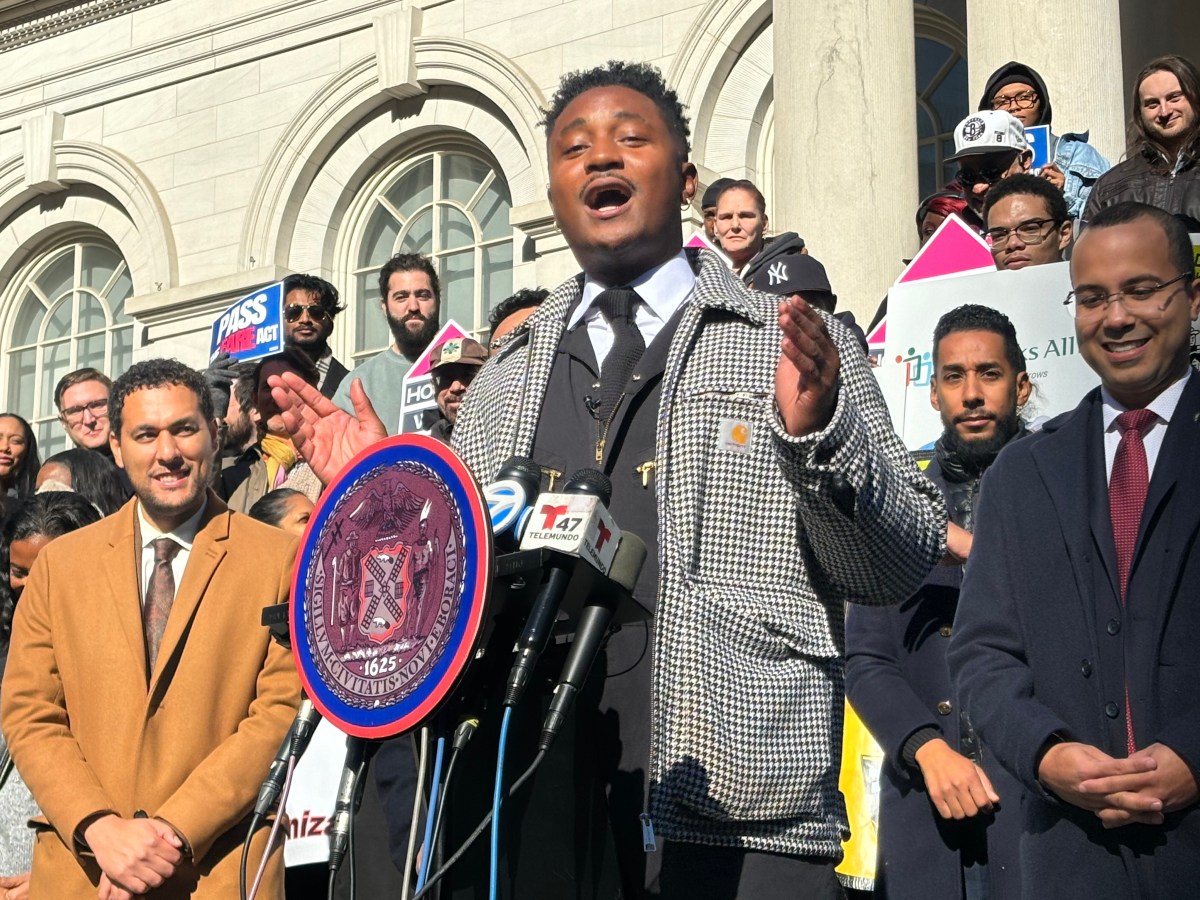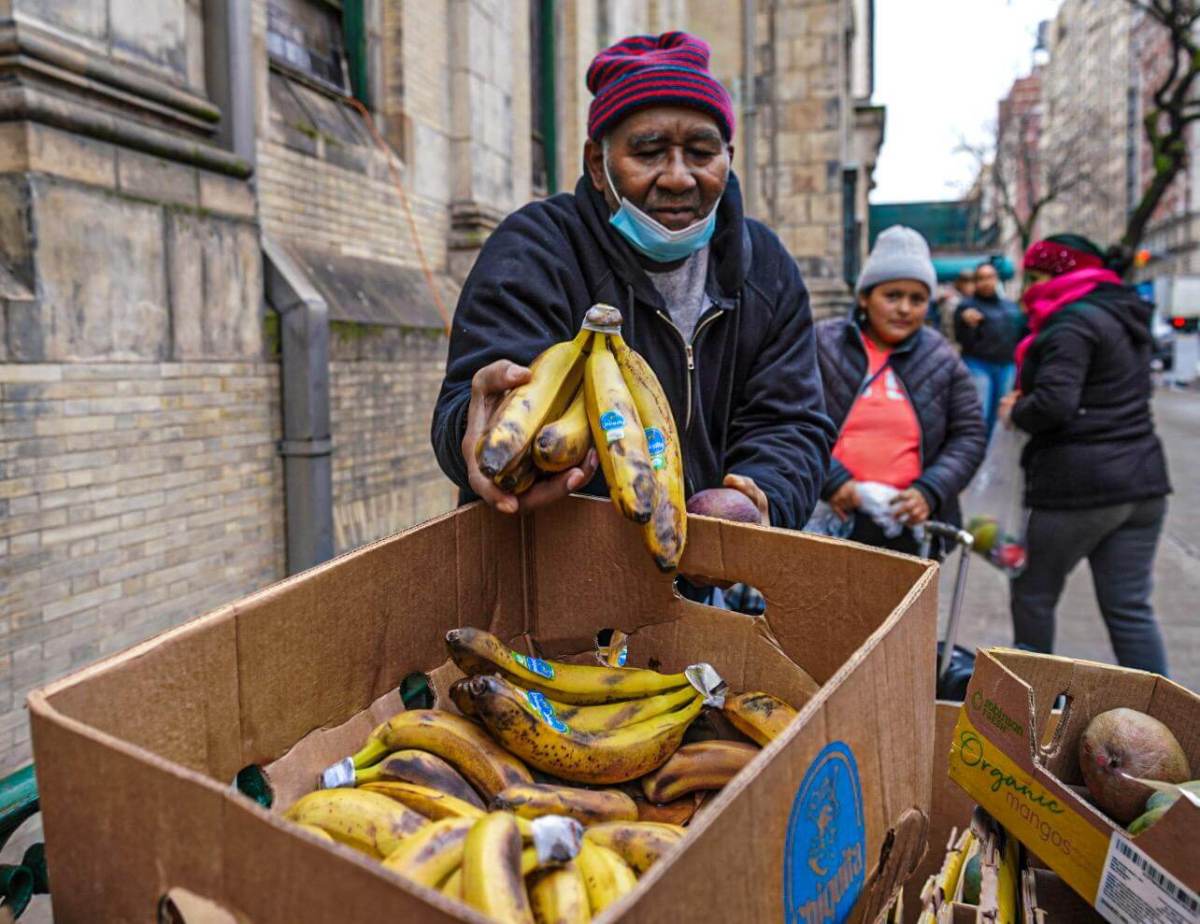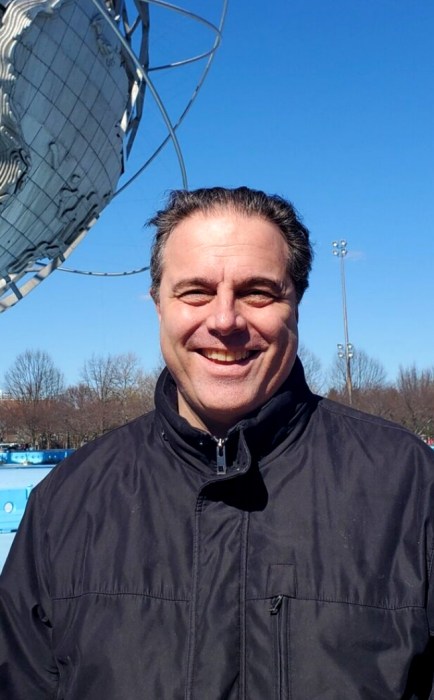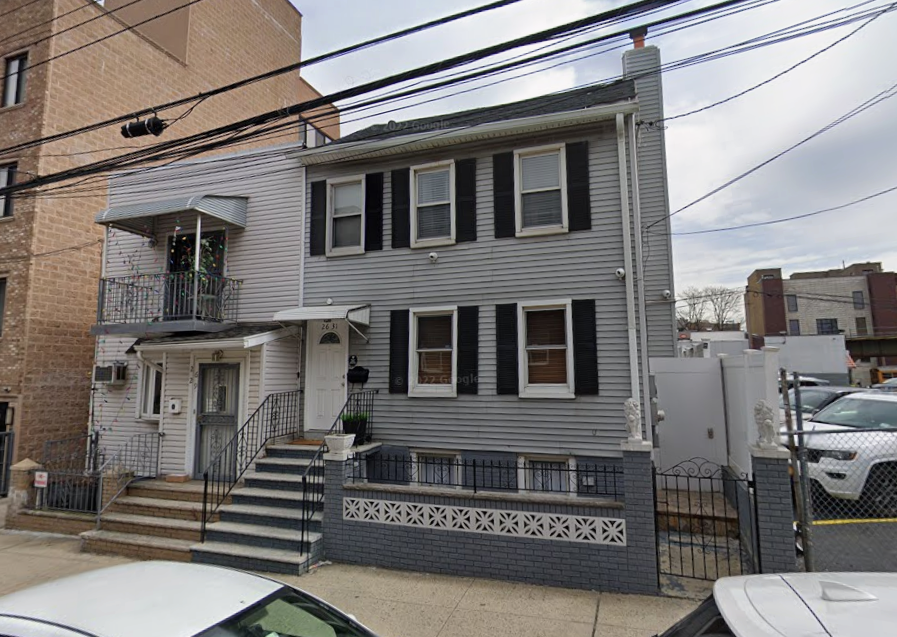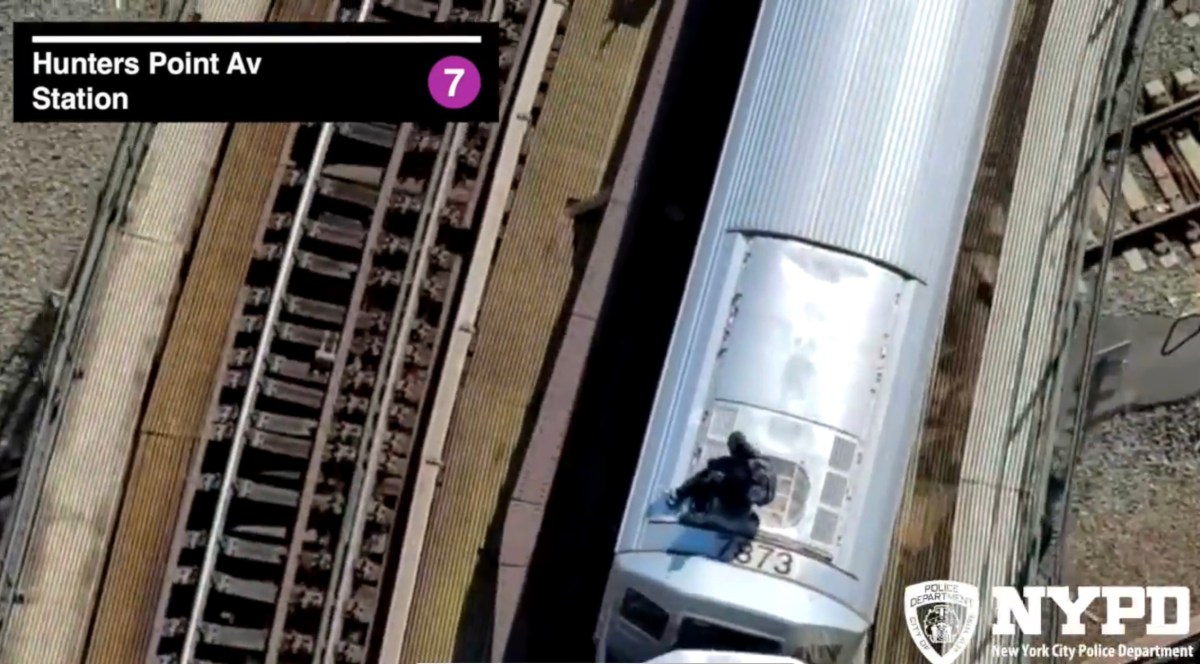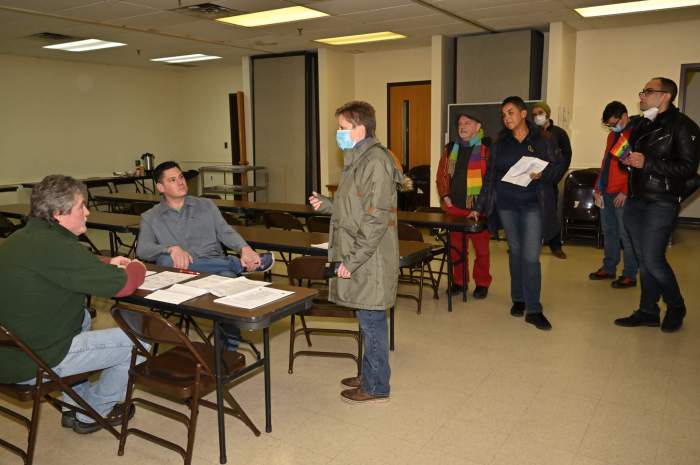By George Tsai
Thanks to that perception, many have managed to come, settle and find decent jobs in Queens. As a result, this county's population has grown rapidly, spawning two serious problems: traffic congestion and a dearth of affordable housing, which may take the borough, particularly Flushing, years to solve.
As a frequent visitor, I have mixed feelings about the notoriety of Flushing. Its strong appeal for newcomers is job opportunities, yet environmentally it appears to be a town of a developing country.
Flushing is about 150 years old, and it became part of New York City in 1898. It is now a small melting pot that is home to people from around the globe. Asians, however, are the dominant force in downtown businesses.
I am not a local historian, so I don't intend to elaborate on the town's past, but I am very much concerned about the current problems facing the area.
I recently read in the Daily News a brief statement by Fred Fu, president of the Flushing Chinese Business Association. Introducing the trolley service, he said: “We want to see more people coming to visit beautiful downtown Flushing.”
I saw his hands-on involvement in the tourist program on a Saturday, when the trolley took only three people – my wife, me and another man – from the Flushing Mall to the Marriott Hotel, Wyndham Hotel, Crowne Plaza Hotel, Queens Museum of Art, U.S. Tennis stadium and Flushing Meadows Corona Park, which is about 200 acres larger than Central Park in the city, according to the trolley driver.
The weekend tour is free, and on weekdays the service charge is $2. It should be the other way around, though, because more people are expected to take the sightseeing tour in the future.
To make the program work, Fu and the Flushing Development Center should do more publicity about the trolley service by posting big posters throughout the borough, or it may lose money and be forced to cease service.
In the meantime, we should tell potential tourists that we have a nice river waterfront with benches and a marina where they can take a three-hour boat cruise circling Manhattan and the Statue of Liberty at a cost of $25.
The streetscape of this bustling town is far from beautiful, with few urban attractions aside from the library. Traffic congestion and the foul odors on some streets disappoint tourists. Town officials and business people should take note of these problems and do something about them now.
Last November the city unveiled development plans for downtown Flushing and its westward expansion. But recently the city announced plans to trim budgets for many public services, including that of the library system. It is unlikely those proposals will be implemented in the near future without financial help from the city.
According to a reliable source, the city also was planning to turn Flushing into a second Times Square by 2010. This idea sounds great, but it is unfeasible unless a large portion of the town is torn down, which doubtless would trigger protests from residents, merchants and, of course, politicians. Bear in mind that people, not the government, have the final say about any project.
Flushing has seen phenomenal growth in apartment buildings, hotels, supermarkets and restaurants during the past decade. But its streets remain almost the same, physically, as they were 34 years ago, when I came here to look for a job after college.
In the past 15 years, Flushing's population has more than doubled, and the US Census may have told only half the story.
Obviously, traffic chaos and a shortage of affordable housing have frustrated a lot of people. Local housing prices are the highest in the tri-state area, despite that new apartment buildings have emerged in recent years. With houses priced out of their reach, some new immigrants have to cram into small living spaces that could pose risks to their health.
The town will never be able to ease the traffic woes unless it bars all vehicles, except buses, from entering Main Street. And the parking-space shortage is also a serious problem. Out-of-towners trying to shop here can hardly find a place to leave their vehicles. It does not help matters that the three public parking garages are become filled quickly, and the problem is worse on the weekends.
The bad news is that developers plan to build a high-rise commercial-residential building atop the garage by Union Street, which is the largest of the three. Once construction starts, the garage will be off limits to the public for safety reasons. Its inaccessibility will certainly worsen the area's parking conditions.
Therefore, let's make every effort to solve those two problems before talking about expansion or development, unless the Big Apple wins the bid next year to host the 2012 Olympic Games. Several competition sites could be in Flushing Meadows Corona Park, which had its heyday in 1964 and 1965, when the World's Fair was held there.
Despite those problems, Flushing is a dynamic metropolis. Let's work together to make it a safe, clean and beautiful place to see, work and live.


